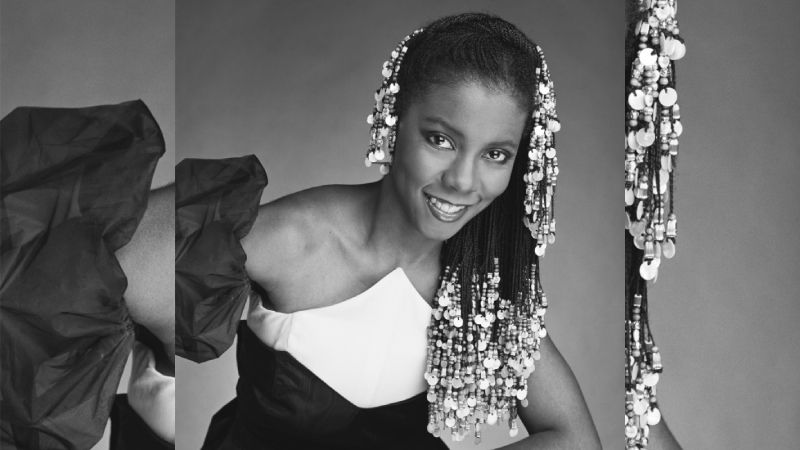

How did you meet Quincy and what advice did he give you at the beginning of your career? Patrice, one of your early musical mentors was Quincy Jones. That too became a part of my natural vocabulary – we loved to dance together. It was partly because my peer group were all listening to the radio so we learned the new dances and shared the information together. Marvin Gaye, The Rolling Stones, The Beatles, Sly Stone, James Brown. It was Motown, big time! Stevie, Smokey Robinson, then Sam & Dave, the Stax artists, Aretha of course. Who were your musical role models at that time? I found it amazing that they could utilise the form of the song and then create something entirely improvised around that structure, which was the cornerstone of jazz. As I grew in learning harmony, composition and structure, it began to make more sense, I realised that these amazing musicians were playing solos like spontaneous compositions. I had heard it but didn’t appreciate the improvisational aspects of it when I was younger. What fascinated you about jazz in your youth? As kids, it gave us a more balanced idea of what pop culture was about. On other shows, you would occasionally see black artists but, with Soul Train, it was a celebration of African American sensibilities in pop culture in a way in which we appreciated it. That was the first time that there had been a show that projected the African American perspective in terms of dress and music. That was where I first saw The Beatles, Chuck Berry, then the dance shows like American Bandstand, Shindig, Hullabaloo, programmes where artists came on and performed and you could see people moving to the music. Television too – I was attracted to variety shows and The Ed Sullivan Show was the most famous of them. I heard a lot of different kinds of music and artistic expression. They also liked classical music so we would occasionally get Mozart or Bach. We had Mahalia Jackson one week, Sinatra the next, then Miles, Coltrane, Andy Williams, Perry Como, Ella Fitzgerald, then Barbra Streisand. My parents had a mixed music taste they belonged to the Columbia Record Club and received an album every month. We listened to pop stations, jazz stations, the news, what was happening in the city.

It was part of the atmosphere of our household. What role did music play in your parents’ home?

I warmed to it very quickly and I innately wanted to play music so that connection was a very fast process for me. With piano you get more immediate gratification through your involvement and in producing a tone. If my parents had picked violin or trumpet, it would have been more difficult, I think. It gave me something to do that was directly connected to sound. I was aged five when I started piano lessons. How old were you when you started playing? Patrice, in the beginning there was the piano.


 0 kommentar(er)
0 kommentar(er)
